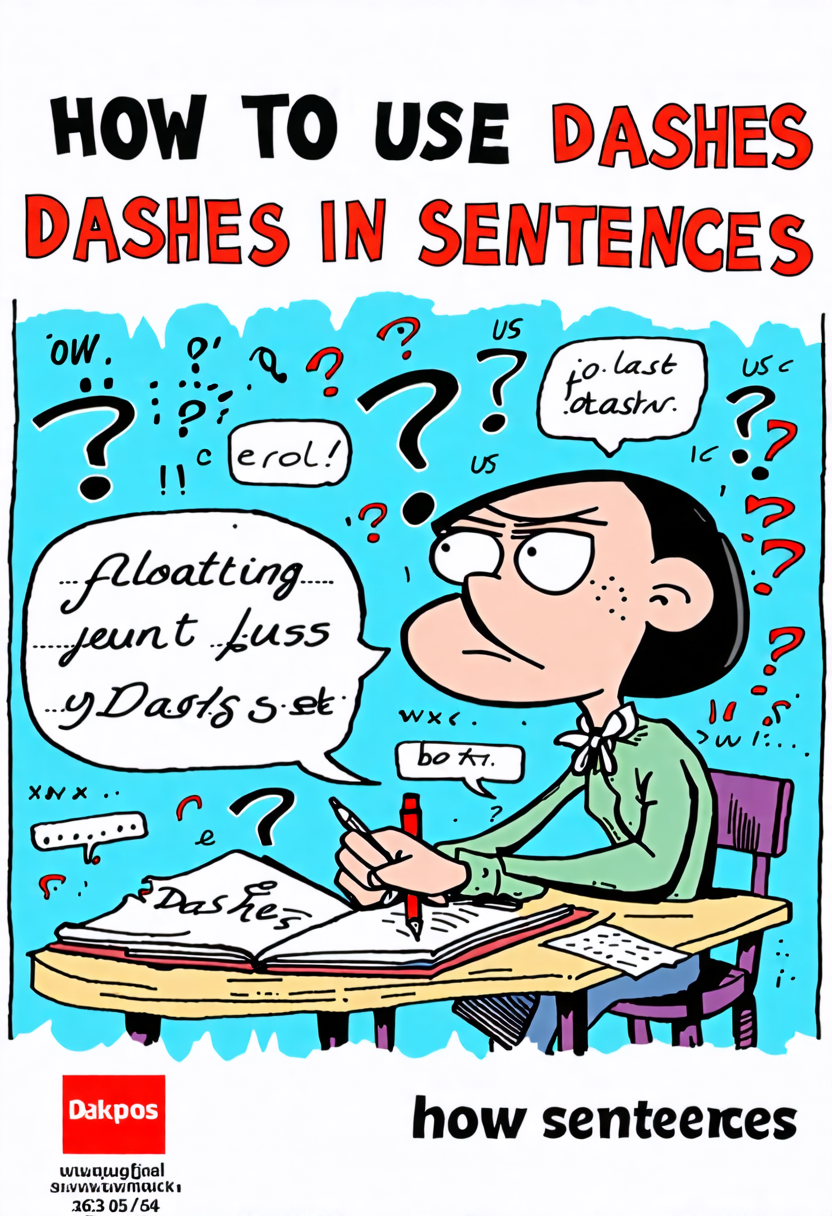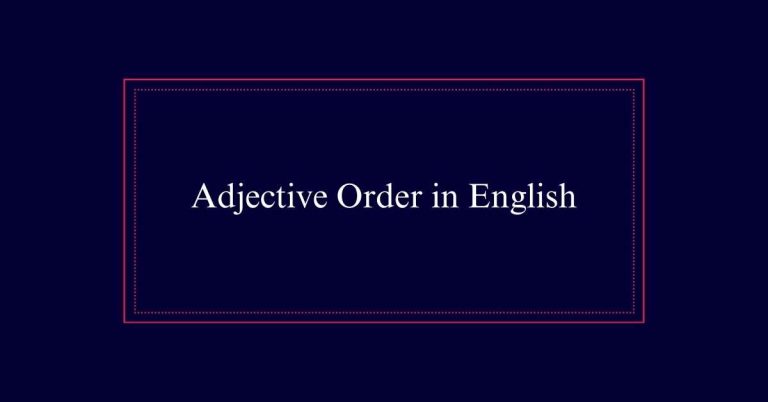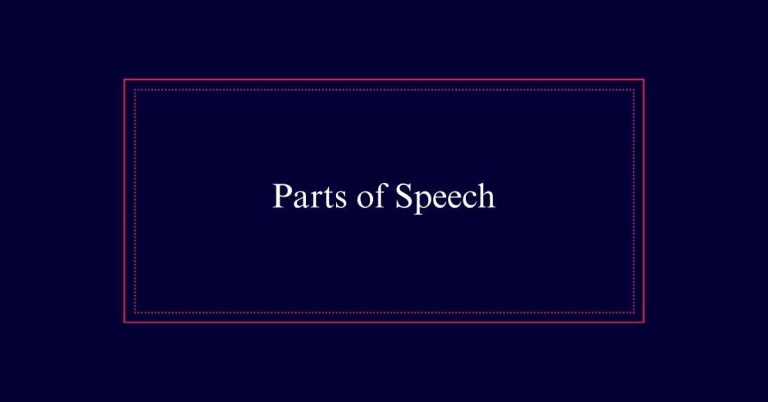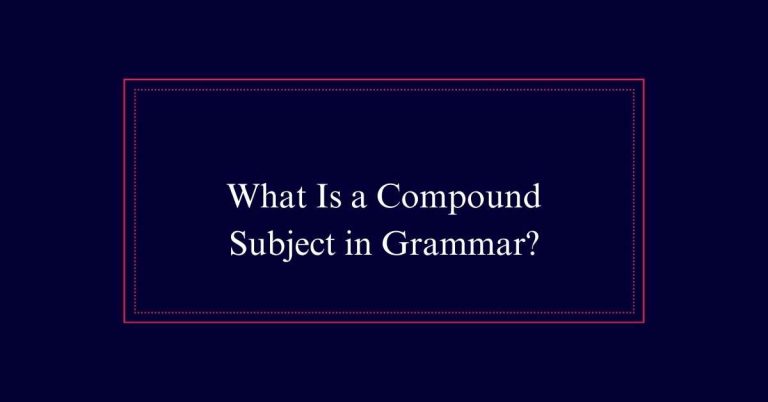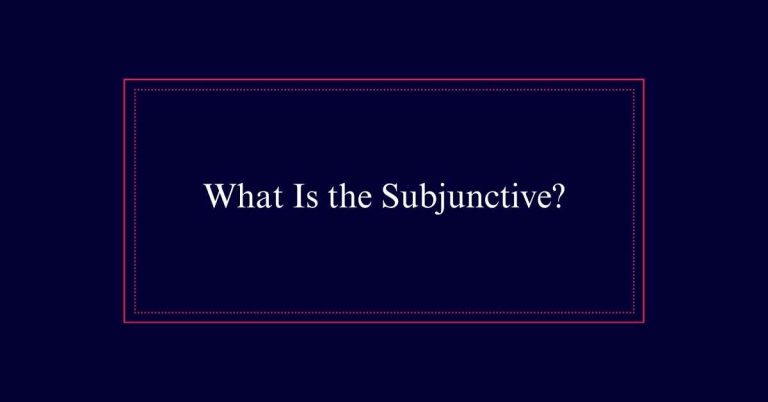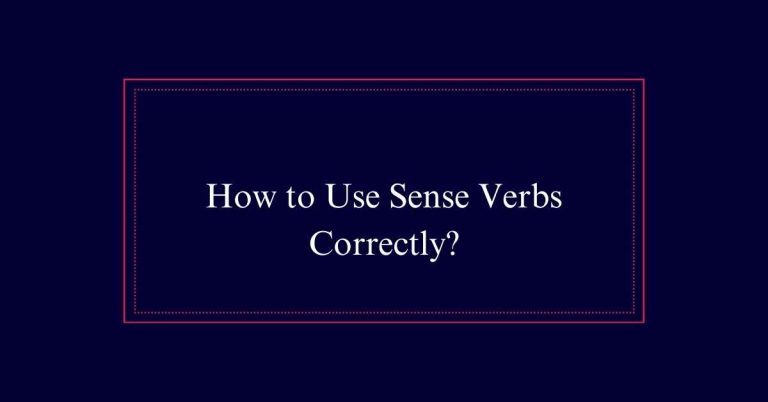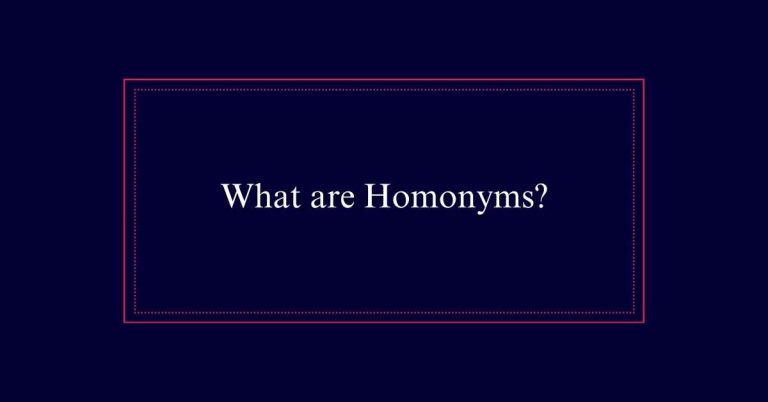How to use dashes in sentences?
Dashes—specifically em dashes—are powerful tools in writing. They provide clarity by creating pronounced breaks, making sentences clearer and more dynamic. Em dashes can replace parentheses or commas to highlight important details and add emphasis. They are also useful for indicating omissions or interruptions. However, use them sparingly to avoid clutter. On the other hand, en dashes indicate ranges or connections between words.
Em Dashes Overview
Em dashes are versatile punctuation marks that can enhance clarity and add emphasis to sentences. They often replace more cumbersome punctuation like parentheses or commas—this substitution can make writing flow better.
Em dashes also create a break in a sentence that draws attention to specific information. They are particularly useful for adding emphasis or strong emotion. Additionally, em dashes can indicate omitted letters or unknown words. In some contexts, they are repeated (–) to serve various purposes.
Using Em Dashes for Clarity
Incorporating em dashes into your writing can greatly enhance sentence clarity. Em dashes provide a break in thought that is more pronounced than commas or parentheses. This makes complex sentences easier to follow.
For instance, they can separate additional information—such as an explanation—from the main clause. This separation helps the reader understand the core message without getting lost in details. Em dashes are also useful in lists within sentences. They can replace commas to avoid confusion, especially when items in the list contain commas themselves.
Em Dashes for Emphasis
Using em dashes can effectively highlight important information in a sentence. They draw attention to key details, making the information stand out. Em dashes can replace commas or parentheses, adding emphasis and a dramatic pause.
For example, ‘The results—astounding and unexpected—changed everything.’ This usage adds weight to the embedded phrase. Em dashes also help in breaking up longer sentences, ensuring the reader focuses on the pivotal elements. They can underscore sudden changes in thought or tone, providing a sharp contrast.
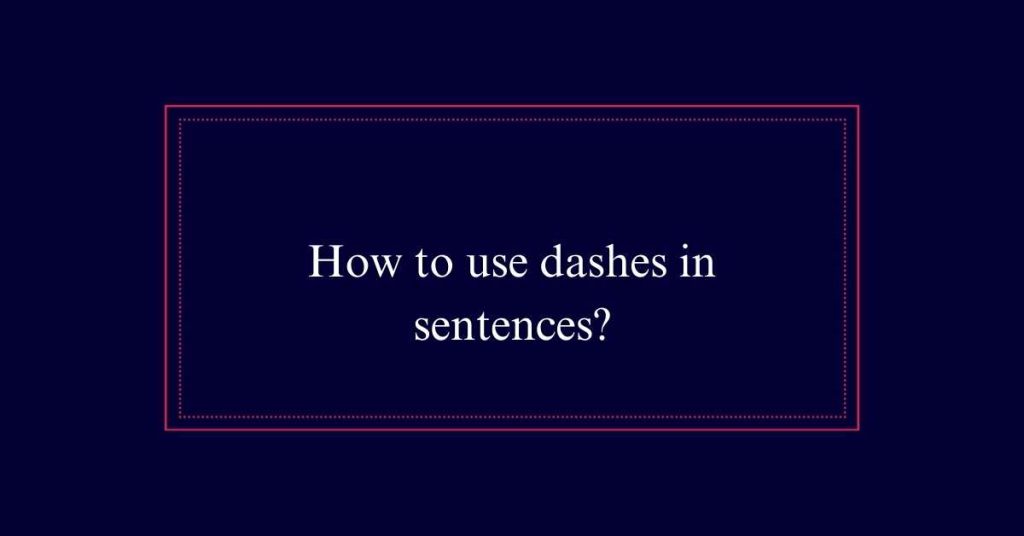
For instance, ‘She was ready to leave—until she saw the letter.’ Em dashes create a strong visual and mental impact, making them a powerful tool for emphasis in writing.
Em Dashes for Omissions
Omissions in writing can be elegantly indicated by em dashes. These versatile punctuation marks can replace missing letters or words, guaranteeing the reader understands there is a deliberate gap.
Em dashes can be especially useful in various contexts to maintain flow and clarity.
Here are three key uses of em dashes for omissions:
- Censored Words: Em dashes can replace letters in inappropriate or sensitive words, e.g., ‘d—n.’
- Unknown Information: They can indicate missing or unknown data, such as names, dates, or other details, e.g., ‘Mr. S—.’
- Trailing Thoughts: Em dashes can signify unfinished thoughts or interruptions in dialogue, adding a realistic touch to conversations, e.g., ‘I was just thinking—.’
Repeated Em Dashes
Repeated em dashes can be employed for various stylistic and functional purposes in writing. They are often used to represent a sudden break or interruption in thought. This can mimic the natural flow of conversation, where people might pause or change direction abruptly.
Additionally, repeated em dashes can create a sense of urgency or tension. For example, in dialogue, they can show a character who is stammering or unsure. They also serve to create dramatic pauses, guiding the reader to focus on specific elements of the text.
En Dashes Overview
What makes en dashes essential in writing is their ability to indicate spans, ranges, and connections with precision. En dashes are slightly narrower than em dashes and serve unique purposes in textual clarity. They excel in connecting elements that are more complex than what a hyphen would handle.
Here are three primary uses of en dashes:
- Indicating spans or ranges: En dashes are used to show time spans and numerical ranges, such as ‘2021–2022’ and ‘5–7 p.m.’
- Connecting compound adjectives: They link words in compound adjectives, like ‘pro-choice–anti-abortion.’
- Linking proper nouns: En dashes connect proper nouns in compound adjectives, such as ‘Nobel Prize–winning.’
Indicating Spans With En Dashes
En dashes are essential for indicating spans and ranges in writing. They are used to denote periods of time, numerical ranges, and other spans. For instance, an en dash can represent pages (101–181) or time slots (1–3 p.m.). This usage guarantees clarity and precision in conveying information.
| Example | Meaning |
|---|---|
| 2021–2022 | Fiscal year |
| 10–12 | Number range |
| June–August | Months span |
| Monday–Friday | Days of the week |
| 9 a.m.–5 p.m. | Time span |
Connections With En Dashes
In writing, en dashes are essential for creating connections within compound adjectives. They guarantee clarity and cohesion in complex phrases. When linking words, en dashes subtly indicate relationships that hyphens cannot.
Consider the following uses:
- Linking Hyphenated Compounds: En dashes join multi-word compounds, such as ‘high-school–college shift,’ guaranteeing readability.
- Connecting Proper Nouns: Proper nouns in compound adjectives, like ‘Nobel Prize–winning author,’ are seamlessly connected by en dashes.
- Expressing Opposition or Contrast: En dashes indicate opposing concepts, as seen in ‘pro-choice–anti-abortion debate,’ providing clear differentiation.
En Dashes in Compound Adjectives
Compound adjectives often benefit from the use of en dashes to link their elements clearly and cohesively. En dashes provide a visual distinction that enhances readability in phrases where multiple words act as a single descriptor.
For instance, in the term ‘New York–based company,’ the en dash connects the proper noun “New York” with “based” to form a clear, unified adjective. Similarly, in ‘pro-choice–anti-abortion debate,’ the en dash clarifies the relationship between the opposing viewpoints.
Differences Between Dashes and Hyphens
Dashes and hyphens, though similar in appearance, serve distinct functions in writing. Dashes are longer and used to create emphasis or indicate a pause. Hyphens, shorter in length, connect words or parts of words. Understanding their differences is essential for clear communication.
Length and Appearance:
- Em dashes (—) and en dashes (–) are longer than hyphens (-).
- Em dashes are the longest, followed by en dashes, with hyphens being the shortest.
Usage:
- Em dashes replace commas, parentheses, or colons to add emphasis.
- En dashes indicate ranges or connections.
- Hyphens join compound words or split words at line breaks.
Examples:
- Use em dashes for emphasis (e.g., ‘She was happy—ecstatic, even!’).
- En dashes for ranges (e.g., ‘pages 10–20’).
- Hyphens for compound words (e.g., ‘well-known’).
